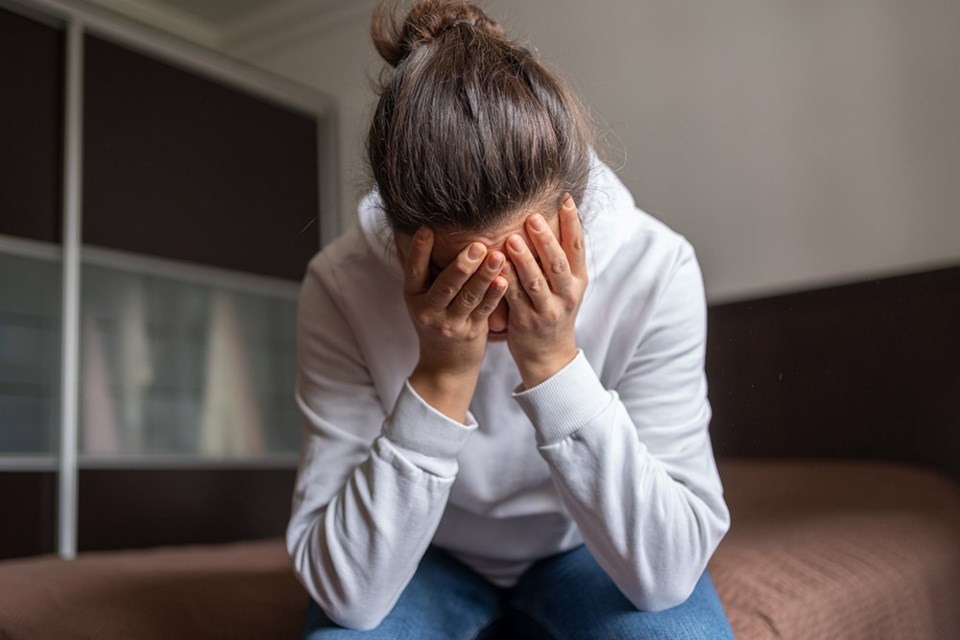When I was a girl, which I admit was many moons ago, people would talk about domestic violence in hushed tones. They thought it was not their business even when it was happening to a family member.
The black eyes and bruises were a silent reminder that bad things were happening behind closed doors. Even the police turned a blind eye, often embarrassed at having to witness what should be private between the couple.
What we learned from that non-response was that women were dying at the hands of their abusers.
There came a time when, as a society, we woke up to the reality that women, mostly women, were being abused by their partners and it was our business to do whatever we could to prevent and protect them. We identified the abuse as Intimate Partner Violence (IPV) and responded with counselling resources, transition housing and police intervention.
What we also began to understand is that hitting is not the only way to be violent. There are many ways to abuse a partner, a child, a family member or an elder.
We recognize that intimidation, financial control, isolating someone from their family and friends, humiliating them, threatening to hurt them or leave them, or separate them from their children, depriving them of their basic needs or forcing them to have sex are a few of the violent abusive actions one person can afflict on another.
With that in mind, the Criminal Code is about to be amended to include these abusive behaviours perpetrated against others. The new law is entitled Coercive Control, and it is described in Bill C-233. It is the subject of much discussion, not because anyone is against it, but because it may be hard to prove in a court of law.
Some are asking: “Where is the line? Who decides?”
If you are familiar with the term “gaslighting” you may understand some of the uncertainty. The definition of gaslighting is one person aggressively projecting onto another person that they are overreacting, misunderstanding, seeing things that are not there, and in fact are unstable.
What can be helpful in answering these questions is the description of coercive control in Bill C-233 as passed by the Senate of Canada in June 2024, as well as a resource called the Power and Control Wheel that pretty much spells out what constitutes coercive control. Soon we will take the next step and embed it as law under the criminal code of Canada.
If you know someone who is being abused in a relationship or otherwise, approach them with caution because their safety is paramount. Speak privately and confidentially because if they are being abused by someone, the abuser may escalate the behaviour, which can put the person you are trying to assist in danger.
If they are at risk of being harmed, encourage them to leave the danger zone and seek help from resources that are designed to keep them safe.
Deborah Joyce is a registered psychotherapist with a practice in Powell River and Comox Valley. Questions can be forwarded to her through the Peak.
Join the Peak's email list for the top headlines right in your inbox Monday to Friday.



